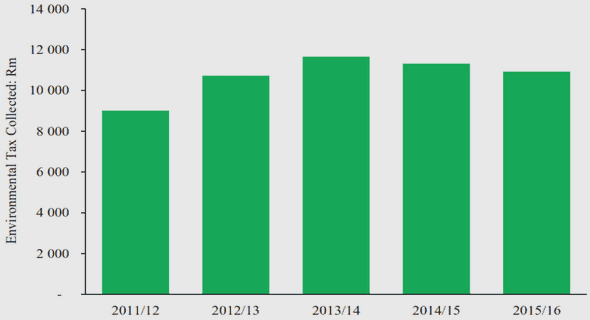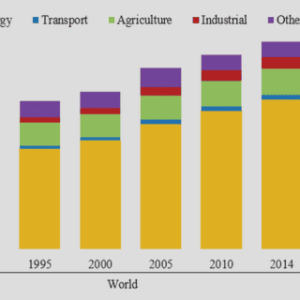(Downloads - 0)
For more info about our services contact : help@bestpfe.com
Table of contents
Chapter I. General Introduction
1. General information on ducks
1.1 Taxonomy & Domestication
1.2 Natural habitat and habits
1.3 Duck breeding
1.3.1 Duck breeding in China
1.3.2 Duck breeding in France
1.4 A scientific model for avian influenza study
1.5 The rationale for duck genomics
2. Genome mapping and sequencing
2.1 Genetic markers
2.2 Cytogenetic, BAC contig and genetic maps
2.3 Genome maps using somatic cell radiation hybrids: a history
2.3.1 Radiation hybrid map
2.3.2 History
2.4 Radiation Hybrid (RH) mapping
2.4.1 Principle
2.4.2 Published RH panels and maps
2.4.3 Radiation hybrids are unstable
2.4.4 Whole genome amplification as an alternative approach to avoid large scale culture
2.5 Genome sequencing
2.5.1 The Sanger sequencing method
2.5.2 Strategies for whole genome sequencing of large genomes
2.5.3 Next Generation Sequencing or parallel sequencing
2.5.4 Comparison and Conclusion
2.5.5 Consequences of the NGS on genome assembly strategies
2.5.6 Third generation sequencing
2.5.7 De novo assembly for TGS
3. Avian Genome Structure
3.1 Sex Chromosome
3.1.1 Evolution of sex chromosomes
3.1.2 Dosage compensation
3.2 Sequenced Avian Genomes
3.2.1 Chicken Genome
3.2.2 Zebra Finch genome
3.2.3 Turkey genome
3.3 Avian comparative Genomics
4. Current status of duck genomics
4.1 Duck genetic map
4.2 BAC library & Fosmid library
4.3 SNP Detection
4.4 EST data
4.5 Duck genome sequencing
4.6 Ultrascaffold construction strategy for NGS: duck as an example
Chapter II. Construction and Characterization of Duck Whole Genome Radiation Hybrid Panel
1. Introduction
2. Results and discussion
2.1 Comparison of two methods for duck embryonic fibroblast culture
2.2 Generation of duck radiation hybrids
2.3 Comparative results
2.4 The optimized method
2.5 Cytogenetic investigations on four hybrids
2.6 Discussion
3. Conclusion
4. Supplementary Method
ChapterIII. Testing the Duck RH panel with Different Genotyping Techniques
Introduction
Article
Discussion
Chapter IV. Genotyping by Sequencing: whole genome RH maps
Introduction
Article in preparation
Complementary results and discussion
A highly repeated gene in duck genome: ATG4A
Sequencing whole genome amplified (WGA) hybrids
Chapter V. General Discussion and perspectives
Whole genome RH maps
Avian chromosome evolution
The highly repeated gene: ATG4A
Additional chromosomes in hybrids
Unraveling the smallest microchromosomes by Fluidigm Biomark qPCR
Apply RH sequencing on other species
References



